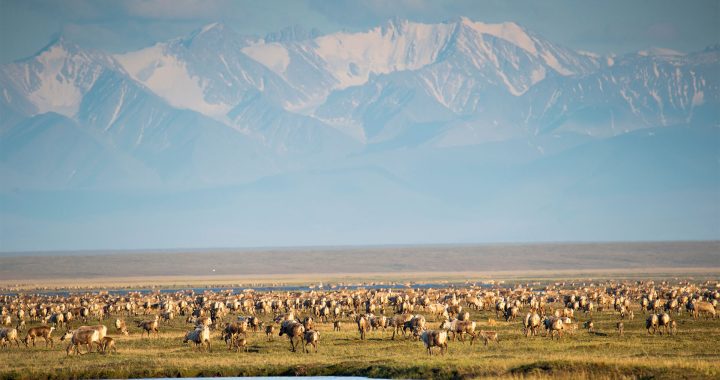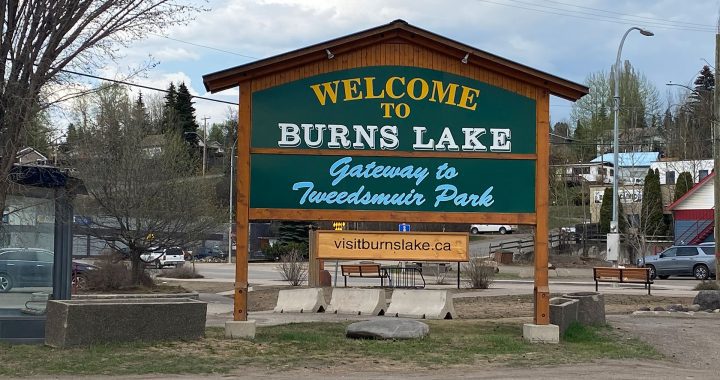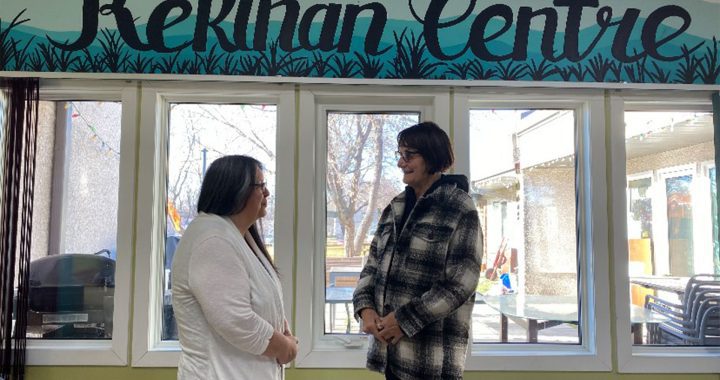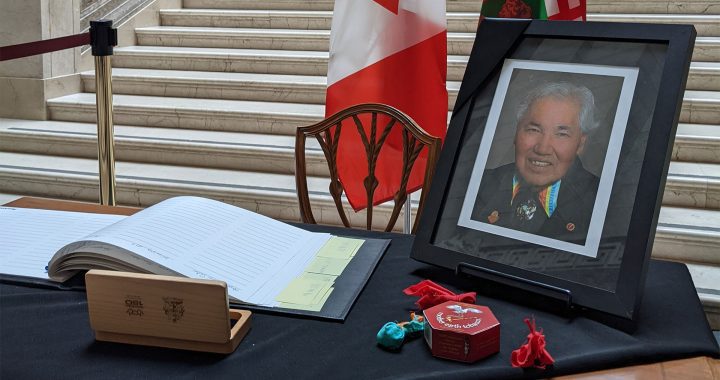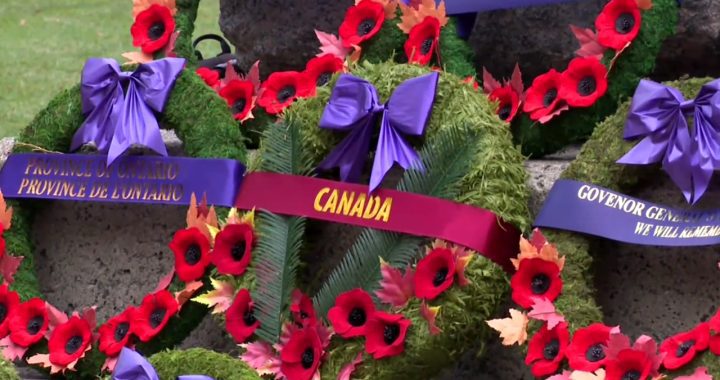A First Nations community advocate in Winnipeg is hoping an urban reserve could replace what is now a century-old railyard near the city’s downtown.
Known as the Winnipeg Yards, the rail yard currently acts as a dividing line between the North End and Central neighbourhoods – a division that is often felt in those communities.
“For the longest time it’s always been ‘You’re on that side of the tracks, I’m on this side,'” says Joshua Nepinak, a community advocate in Winnipeg.
The railyard currently takes up about 450 acres in the city.
Nepinak says he wants to bring a sense of unity to those neighbourhoods and to the city as a whole with his idea of an urban reserve, which he says could incorporate things like housing, land-based education, ceremony, and nation-building in the heart of the city.
“I see a greenspace and the nations in Treaty 1 coming together,” he says, “setting up their tipis so that… the relatives on the street aren’t houseless. Youth in care can come here and learn about their culture, experience what traditional living looks like,” says Nepinak, “You know, just ceremonies to take place right here in the open land.”
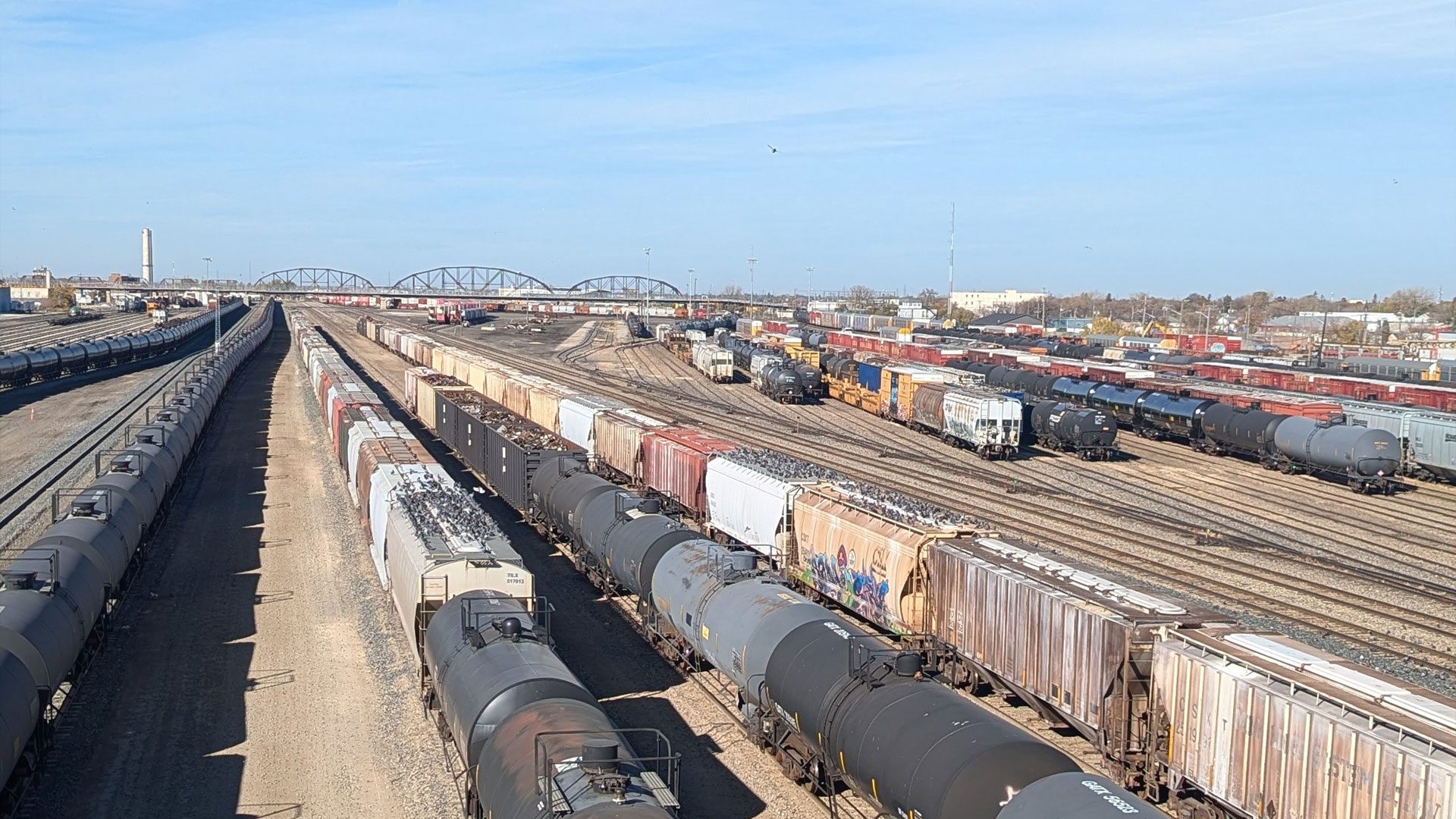
On Oct. 15, the province announced a two-year, $200,000 feasibility study to see if relocating rail lines including the Winnipeg Yards is possible. Former federal cabinet minister Lloyd Axworthy has been appointed to lead the study.
Talks of moving the rail lines having been on-going for decades.
“We know this will be a long-term project and our government looks forward to receiving the results of this study,” said Premier Wab Kinew in a statement about the study.
Going after a dream
Nepinak grew up in the North End for a lot of his life and remembers finding few ways to access his culture while being a youth in care in the neighbourhood. It’s also where his daughter is now growing up.
It’s a struggle many Indigenous people face while living in a city, and Winnipeg has the highest urban Indigenous population in Canada at over 100,000 people according to the 2021 census – many of whom live in the North End and central neighbourhoods.
An urban reserve named Naawi-Oodena is currently under development in the south-west Winnipeg neighbourhood of Tuxedo, but it is not centrally located.
“Having a land where I could see my own culture or I could go an sit in a tipi and listen to an elder or attend a ceremony here would have been so much needed,” says Nepinak as he reflects on his time as a youth in care.
Nepinak sent his idea to Kinew for consideration and received a written response from Indigenous Economic Development minister Ian Bushie.
Bushie says the idea would have significant long-term implications but many factors need to be considered like “conducting feasibility and environmental impact studies, engaging with the community and stakeholders, determining the associated costs, and considering zoning and land use plans.”
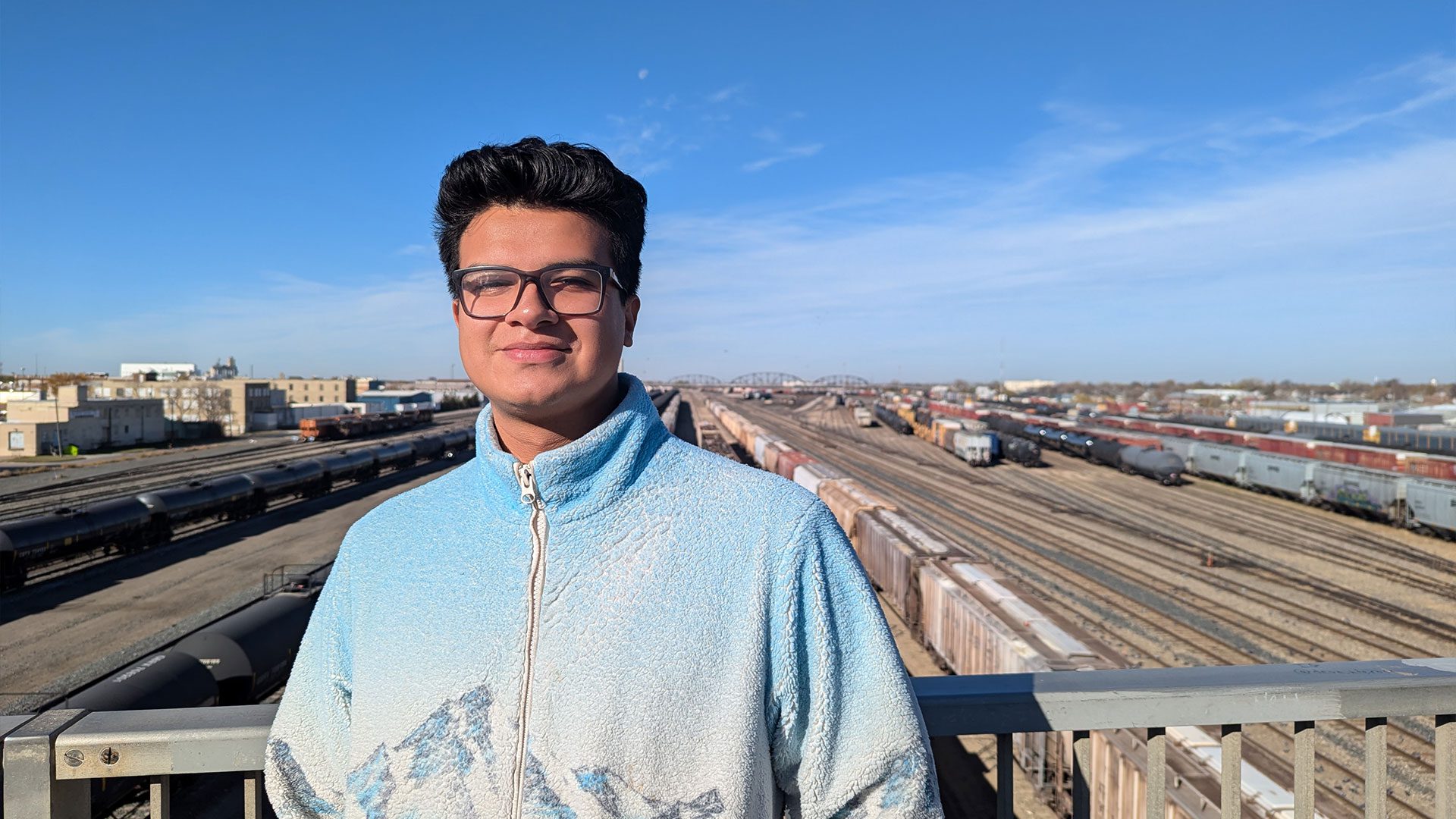
Bushie continued that the process is complex and challenging, requiring careful planning, coordination, and support from partners and all levels of government.
NDP MP Leah Gazan’s riding of Winnipeg Centre borders on the Winnipeg Yards. She says she’s open to all ideas of what could go there if the tracks are moved.
“I know that because of the contamination of the land there’s a lot of questions in terms of whether it would be safe for that in the future,” says Gazan, “I’m not sure, but I certainly support any sort of ideas in terms of bridging the divide in this city.”
Nepinak says if the railyard isn’t moved or something else goes there instead, the idea should still be considered elsewhere near by.
“The need is there, the need for people to have access to land-based activities where its low barrier … for it to be right here for everybody to experience and enjoy,” says Nepinak.
He hopes Indigenous representation and consultation will be part of the feasibility study to ensure the opinions of First Nations peoples are heard in regards to what happens next to this Treaty 1 land.




